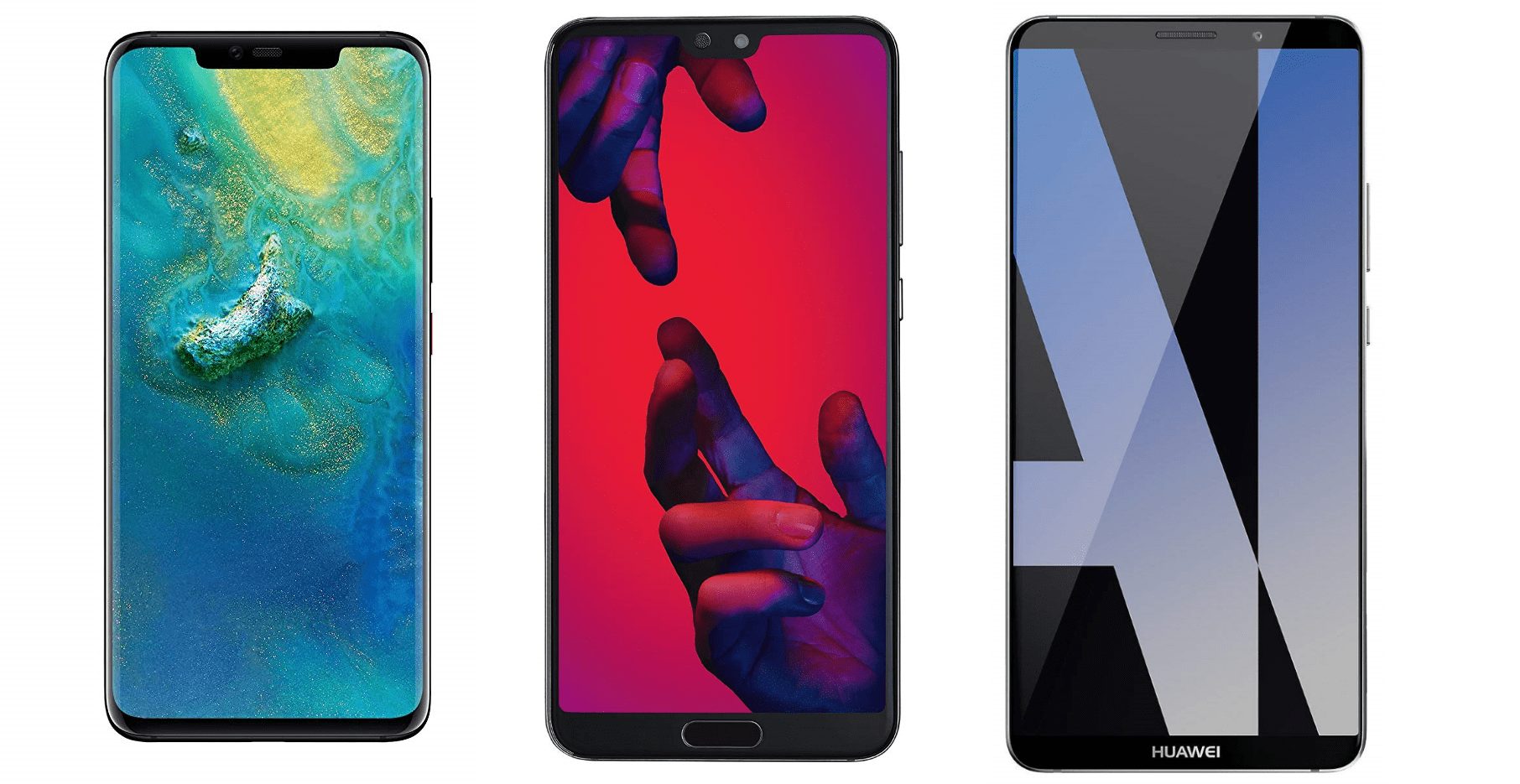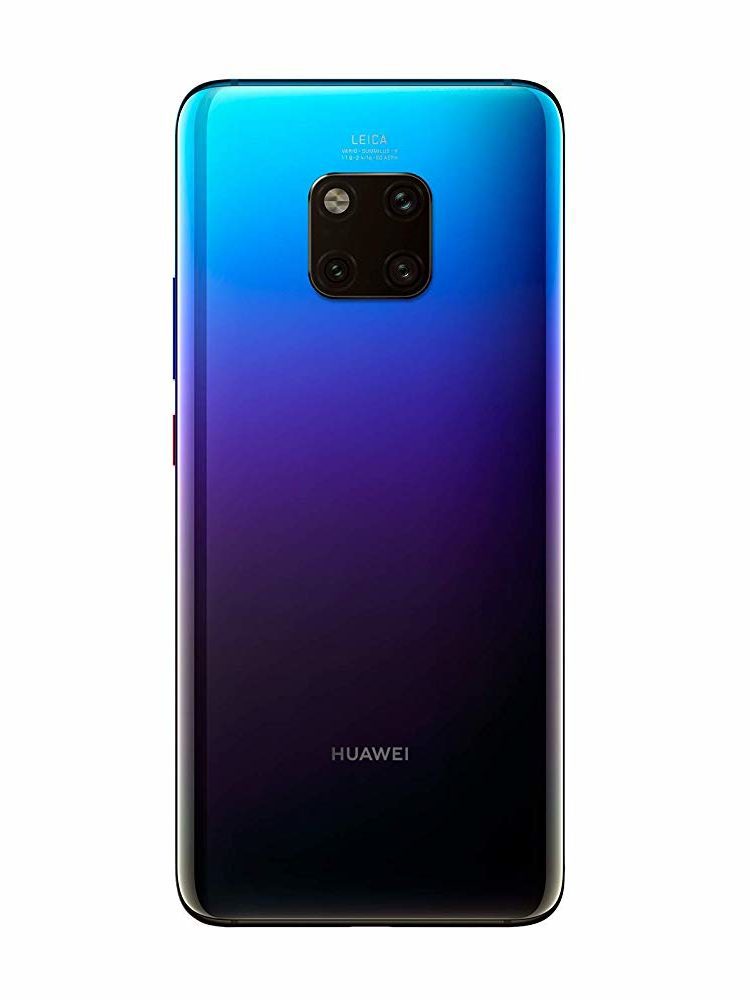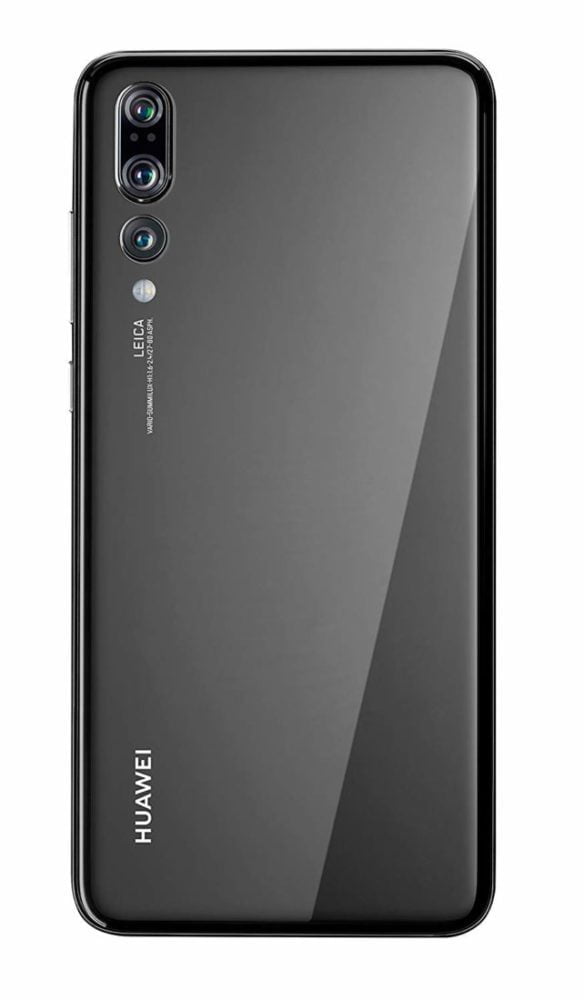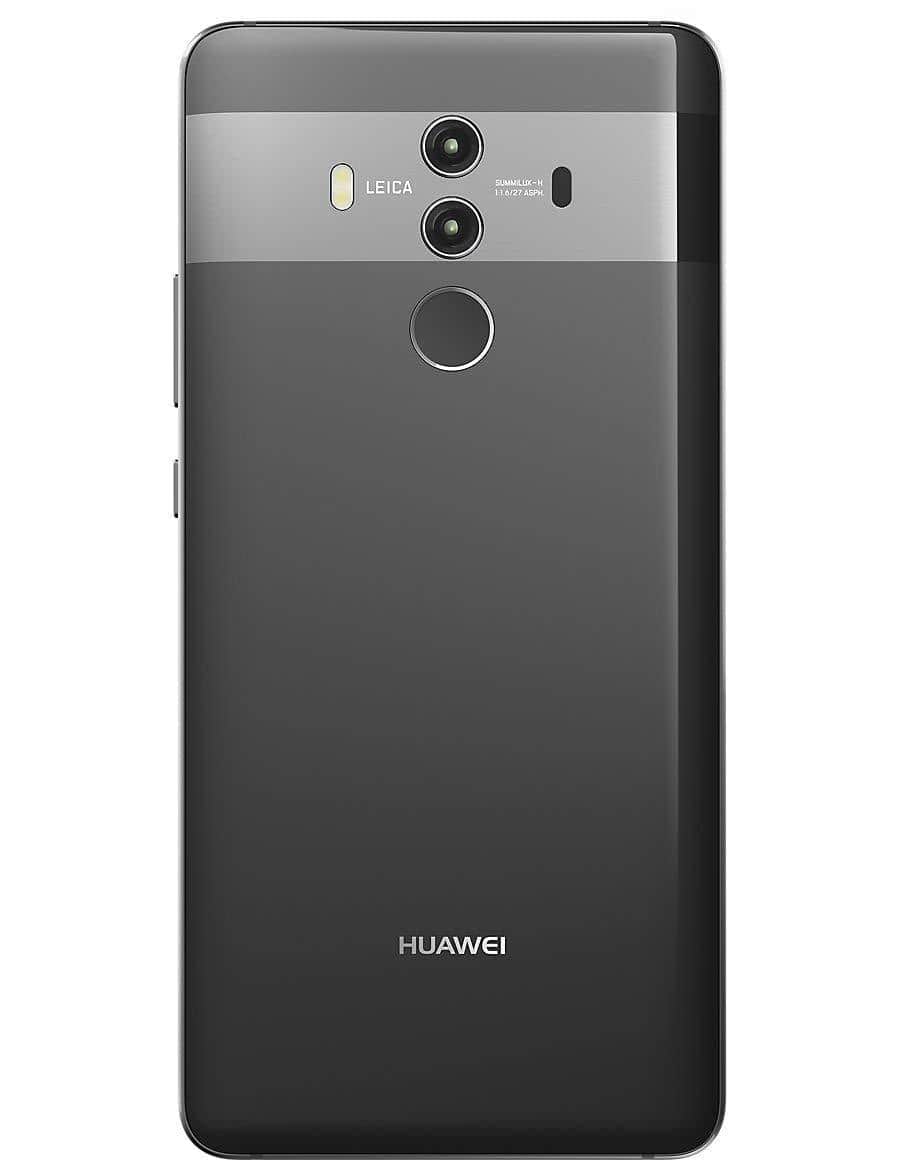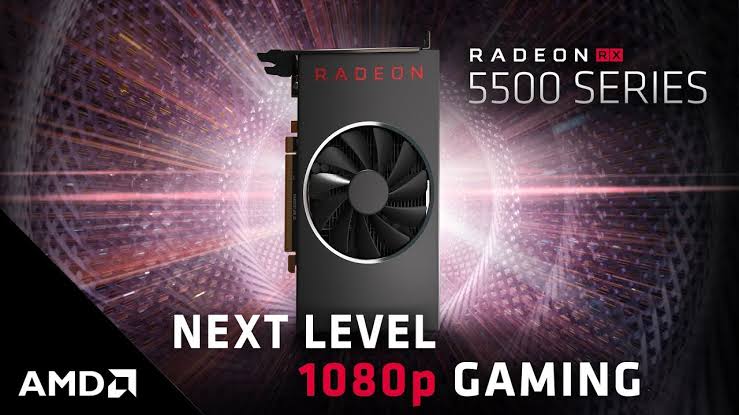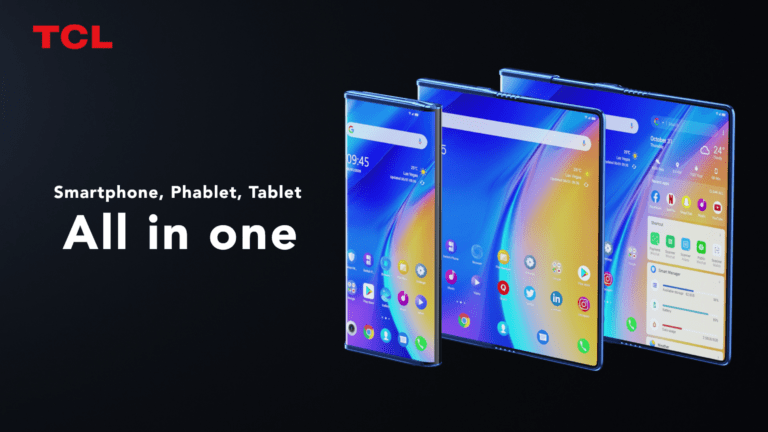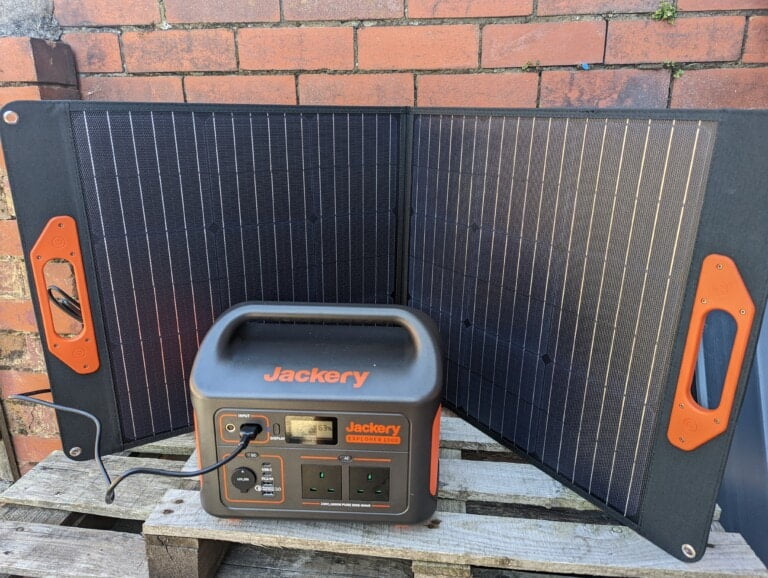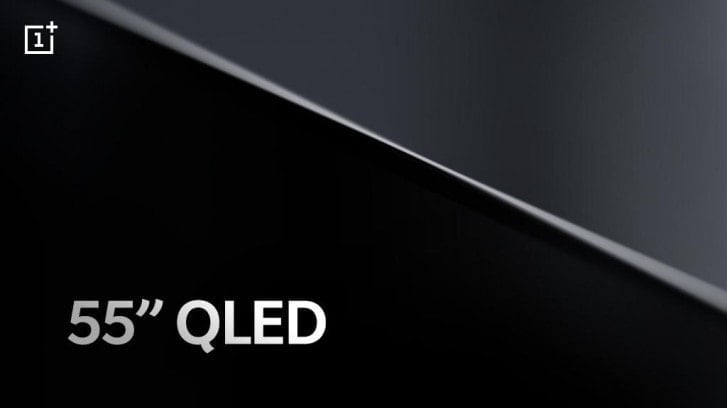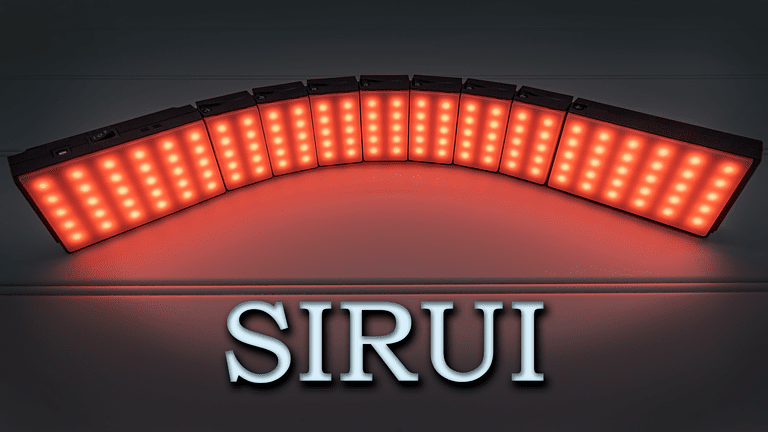Any links to online stores should be assumed to be affiliates. The company or PR agency provides all or most review samples. They have no control over my content, and I provide my honest opinion.
Huawei has a pretty crazy release cycle, far exceeding other major players in the mobile industry such as Samsung, Apple and Sony. While Samsung has a biannual release cycle for their flagship models, the Galaxy and Note range are sufficiently different to justify it, with the note being large, more expensive and more business/pro focussed.
Looking at the differences between the Mate 20 Pro and P20 Pro there is nothing really makes them appeal to one group of users more than another.
While I would never suggest anyone upgrade from the P20 Pro to the Mate 20 Pro, Huawei manages to make some large upgrades each release. Looking at the past three phones it looks like the Mate range focusses on the brand new internal with the latest Kirin chip available, the P series then follows this up with large upgrades to the camera, which then the Mate series (mostly) copies for its next generation. We will have to see if this cycle continues.
[button link=”https://amzn.to/2J4Heng”] Pre-order the Mate 20 Pro[/button]
Huawei Mate 20 Pro vs Huawei P20 Pro & Mate 10 Pro Differences
Design & Display
There have been incremental changes with each device, the larges design improvement was the switch to a notched style display giving a much larger screen to body resolution between the Mate 10 Pro and the P20 Pro. The Mate 20 series improves on this further by dropping the front facing finger scanner and building it into the display.
The screen to body ratio has increased from 81% on the Mate 10, to 82% on the P20, and now 88% on the Mate 20 Pro.
The rear of the devices have changed too, the Mate 10 had a fingerprint scanner, but the P20 moved this to the front. Camera placement has been different with each generation with the Mate 20 Pro having the most interesting option with its square placement in the upper-centre of the phone.
All phones have a glass front and back but the Mate 20 is the first to introduce wireless charging thanks to its glass back.
Each generation gets a little heavier from 178g to 180g and now 189g
The Mate 10 removed the 3.5mm port and this has remained through each generation. However, the Mate 20 now introduces a new nano-memory card slot.
Camera
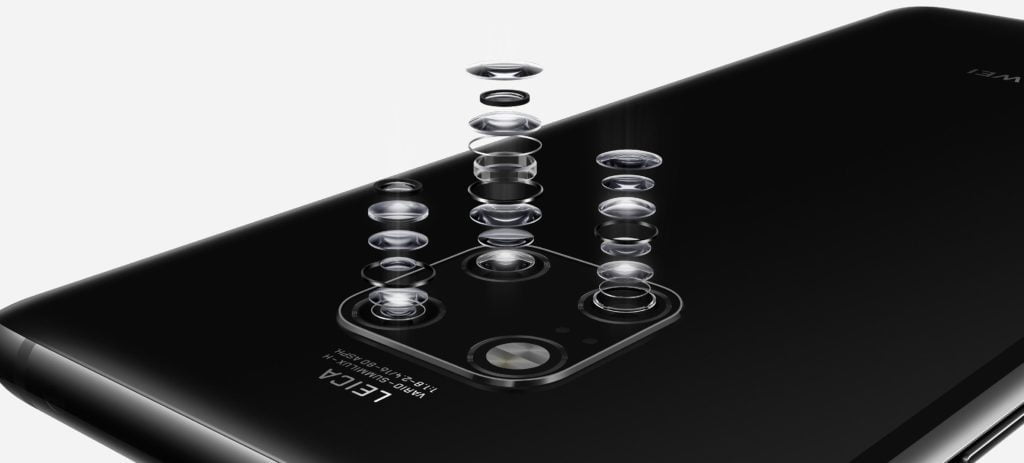
Huawei prides themselves on camera performance, and each device has been one of the best camera phones available on launch.
The Mate 10 Pro had an exceptional 12 MP f/1.6, 27mm lens, combined with a 20MP B/W lens that has its 2x optical zoom. The P20 really upped the ante blowing away all the phones on the market with its triple camera set up using a 40MP f/1.8, 27mm primary lens, combined with 20 MP B/W, and an 8MP telephoto lens, which gave the device a 3x optical zoom. This amazing camera set-up is one of the reasons why many people have classed the P20 Pro as the best gadget this year.
However, the Mate 20 Pro ups things a little further, it uses the same 40 MP, f/1.8 main lens, but swaps out the black and white camera with an ultrawide 20 MP, f/2.2 module and this is also combined with an 8MP telephoto lens. Thanks to some black magic they can achieve a 5x optical zoom.

Processor
The Mate series introduces the latest system on chip each year, so the Mate 10 was the first with the Hisilicon Kirin 970 (10 nm) and the P20 had the same. While the Mate 20 is the first to use HiSilicon Kirin 980 (7 nm)
The Kirin 970 is noteworthy as being the first chip to introduce a dedicated AI processor or NPU in Huawei terms, starting off the AI craze. The 980 doubles down on this and uses two NPUs.
Each phone has the same base memory options of 6GB RAM and 128GB memory, though Mate 20 Pro is the first that can be expanded.
Battery
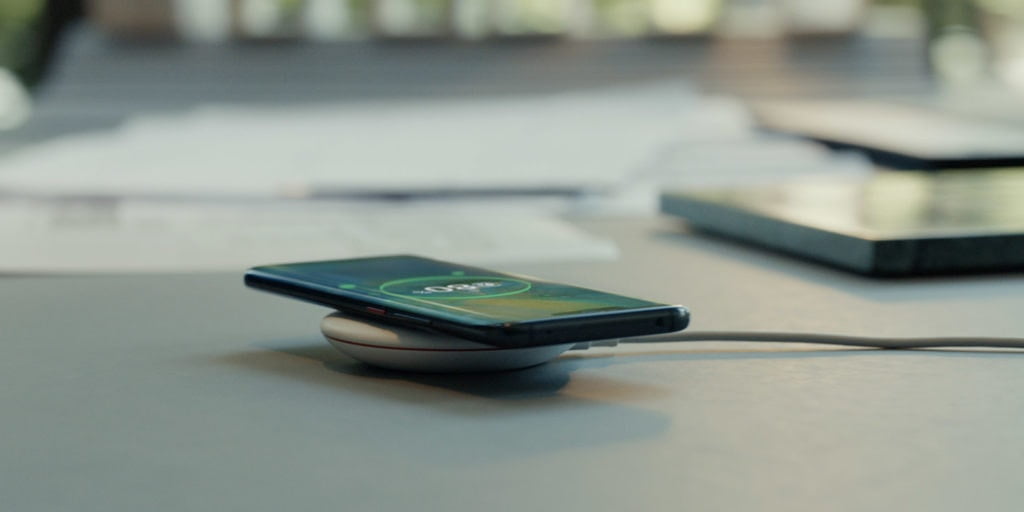
Another area where Huawei differentiate themselves from other brands is the massive batteries they put in their flagship devices. They have used a 4000 mAh battery for several generations now, while most other brands have stuck to around 3000. This year Huawei have finally bumped it up a little more to 4200 mAh with the Mate 20 Pro.
The Mate 20 is the first to introduce wireless charging.
Software
Huawei are pretty good at keeping their phones up to date, even though the staggard rollout can feel a bit random. The Mate 10 Pro launched with Android 8.0 (Oreo), the P20 launched with Android 8.1 (Oreo) and the Mate 20 with Android 9.0 (Pie)
Each uses the current version of EMUI at the time.
Price
With Huawei making some many improvements each generation, and with the market share increasing, they have also increased prices. Many other brands have too the cheapest iPhone is now £749 while the OLED XS models start at £999.
From a little Googling, it looks like the Mate 10 Pro launched at £699, the P20 launched at £799, and the Mate 20 Pro is £899.99
I think the Mate 20 Pro justifies the price, they always undercut the competition but they don’t really need to now as the features outshine most other options available and they finally have the brand awareness and market share they have been after.
Huawei phones do devalue quite quickly compared to others, especially the iPhone, the Mate 10 Pro can be bough for just £379.99 on Amazon and if you don’t mind buying from Amazon Italy the P20 pro can be bought for around £520 or £594.99 on Amazon UK.
If you pre-order the Mate 20 Pro you will get a Huawei Watch GT in black and Huawei Wireless Charger in white at no extra charge. This is a great deal and probably worth well over £200
[button link=”https://amzn.to/2J4Heng”] Pre-order the Mate 20 Pro[/button]
| Model | Mate 20 Pro | P20 Pro | Mate 10 Pro |
|---|---|---|---|
| LAUNCH | 2018, October | 2018, March | 2017, October |
| Dimensions | 157.8 x 72.3 x 8.6 mm (6.21 x 2.85 x 0.34 in) | 155 x 73.9 x 7.8 mm (6.10 x 2.91 x 0.31 in) | 154.2 x 74.5 x 7.9 mm (6.07 x 2.93 x 0.31 in) |
| Weight | 189 g (6.67 oz) | 180 g (6.35 oz) | 178 g (6.28 oz) |
| Build | Front/back glass & aluminum frame | Front/back glass & aluminum frame | Front/back glass, aluminum frame |
| SIM | Single SIM (Nano-SIM) or Hybrid Dual SIM (Nano-SIM, dual stand-by) | Single SIM (Nano-SIM) or Dual SIM (Nano-SIM, dual stand-by) | Nano-SIM |
| - IP68 dust/water resistant (up to 2m for 30 mins) | - IP67 dust/water resistant (up to 1m for 30 mins) | - IP67 dust/water resistant (up to 1m for 30 mins) | |
| DISPLAY | AMOLED capacitive touchscreen, 16M colors | AMOLED capacitive touchscreen, 16M colors | AMOLED capacitive touchscreen, 16M colors |
| Size | 6.39 inches, 100.2 cm2 (~87.9% screen-to-body ratio) | 6.1 inches, 93.9 cm2 (~82.0% screen-to-body ratio) | 6.0 inches, 92.9 cm2 (~80.9% screen-to-body ratio) |
| Resolution | 1440 x 3120 pixels, 19.5:9 ratio (~538 ppi density) | 1080 x 2240 pixels, 18.7:9 ratio (~408 ppi density) | 1080 x 2160 pixels, 18:9 ratio (~402 ppi density) |
| Protection | Corning Gorilla Glass (unspecified version) | Corning Gorilla Glass (unspecified version) | |
| OS | Android 9.0 (Pie)- EMUI 9.0 | Android 8.1 (Oreo) - EMUI 8.1 | Android 8.0 (Oreo), upgradable to Android 9.0 (Pie) - EMUI 8.0 |
| Chipset | HiSilicon Kirin 980 (7 nm) | Hisilicon Kirin 970 (10 nm) | HiSilicon Kirin 970 (10 nm) |
| CPU | Octa-core (2x2.6 GHz Cortex-A76 & 2x1.92 GHz Cortex-A76 & 4x1.8 GHz Cortex-A55) | Octa-core (4x2.4 GHz Cortex-A73 & 4x1.8 GHz Cortex-A53) | Octa-core (4x2.4 GHz Cortex-A73 & 4x1.8 GHz Cortex-A53) |
| GPU | Mali-G76 MP10 | Mali-G72 MP12 | Mali-G72 MP12 |
| Card slot | Yes, NM card, up to 256GB (uses SIM 2) | No | No |
| Internal | 256 GB, 8 GB RAM or 128 GB, 6 GB RAM | 128 GB, 6 GB RAM | 128 GB, 6 GB RAM or 64 GB, 4 GB RAM |
| MAIN CAMERA | 40 MP, f/1.8, 27mm (wide), 1/1.7", PDAF/Laser AF | 40 MP, f/1.8, 27mm (wide), 1/1.7", OIS, PDAF/Laser AF | 12 MP, f/1.6, 27mm (wide), 1/2.9", 1.25µm, OIS, PDAF & laser AF |
| 20 MP, f/2.2, 16mm (ultrawide), 1/2.7", PDAF/Laser AF | 20 MP B/W, f/1.6, 27mm (wide), 1/2.7", OIS, PDAF/Laser AF | 20 MP B/W, f/1.6, 27mm (wide), 2x lossless zoom, OIS, PDAF & laser AF | |
| 8 MP, f/2.4, 80mm (telephoto), 1/4", 5x optical zoom, OIS, PDAF/Laser AF | 8 MP, f/2.4, 80mm (telephoto), 1/4", 3x optical zoom, OIS, PDAF/Laser AF | ||
| Features | Leica optics, dual-LED dual-tone flash, panorama, HDR | Leica optics, LED flash, HDR, panorama | Leica optics, dual-LED dual-tone flash, panorama, HDR |
| Video | 2160p@30fps, 1080p@60fps, 1080p@30fps (gyro-EIS), 720p@960fps | 2160p@30fps, 1080p@60fps, 1080p@30fps (gyro-EIS), 720p@960fps | 2160p@30fps, 1080p@30/60fps |
| SELFIE CAMERA | 24 MP, f/2.0, 26mm (wide) | 24 MP, f/2.0, 26mm (wide) | 8 MP, f/2.0, 26mm (wide), 1/3.2", 1.4µm, AF |
| Features | HDR | Leica optics | |
| Video | 1080p@30fps | 1080p@30fps | 1080p@30fps |
| 3.5mm jack | No | No | No |
| WLAN | Wi-Fi 802.11 a/b/g/n/ac, dual-band, DLNA, Wi-Fi Direct, hotspot | Wi-Fi 802.11 a/b/g/n/ac, dual-band, WiFi Direct, hotspot | Wi-Fi 802.11 a/b/g/n/ac, dual-band, DLNA, Wi-Fi Direct, hotspot |
| Bluetooth | 5.0, A2DP, aptX HD, LE | 4.2, A2DP, LE, EDR, aptX HD | 4.2, A2DP, aptX HD, LE |
| GPS | Yes, with dual-band A-GPS, GLONASS, BDS, GALILEO, QZSS | Yes, with A-GPS, GLONASS, GALILEO | Yes, with A-GPS, GLONASS, BDS |
| NFC | Yes | Yes | Yes |
| Infrared port | Yes | Yes | Yes |
| USB | 3.1, Type-C 1.0 reversible connector, USB On-The-Go | 3.1, Type-C 1.0 reversible connector | 3.1, Type-C 1.0 reversible connector; USB Host |
| FEATURES | Face ID, fingerprint (under display), accelerometer, gyro, proximity, barometer, compass | Fingerprint (front-mounted), accelerometer, gyro, proximity, compass, color spectrum | Fingerprint (rear-mounted), accelerometer, gyro, proximity, barometer, compass |
| BATTERY | Non-removable Li-Po 4200 mAh battery | Non-removable Li-Po 4000 mAh battery | Non-removable Li-Po 4000 mAh battery |
I am James, a UK-based tech enthusiast and the Editor and Owner of Mighty Gadget, which I’ve proudly run since 2007. Passionate about all things technology, my expertise spans from computers and networking to mobile, wearables, and smart home devices.
As a fitness fanatic who loves running and cycling, I also have a keen interest in fitness-related technology, and I take every opportunity to cover this niche on my blog. My diverse interests allow me to bring a unique perspective to tech blogging, merging lifestyle, fitness, and the latest tech trends.
In my academic pursuits, I earned a BSc in Information Systems Design from UCLAN, before advancing my learning with a Master’s Degree in Computing. This advanced study also included Cisco CCNA accreditation, further demonstrating my commitment to understanding and staying ahead of the technology curve.
I’m proud to share that Vuelio has consistently ranked Mighty Gadget as one of the top technology blogs in the UK. With my dedication to technology and drive to share my insights, I aim to continue providing my readers with engaging and informative content.

